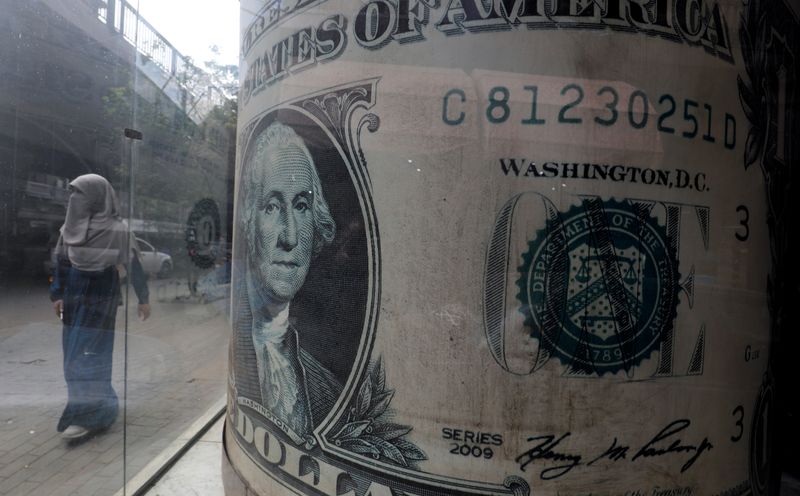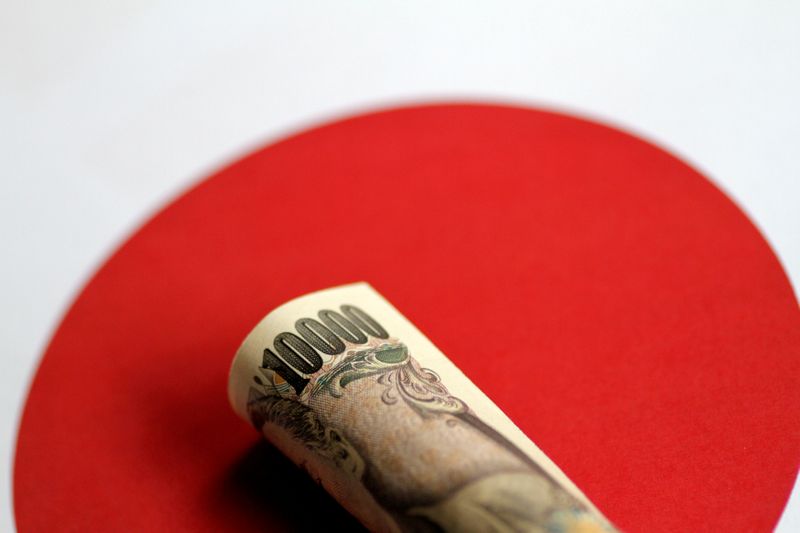NEW YORK (Reuters) – The dollar slipped on Friday, as its safe-haven allure diminished, on hopes of a potential vaccine for the novel coronavirus that outweighed concerns about the surge in infections in the United States and around the world.
The U.S. currency posted its largest weekly percentage loss against a basket of major currencies in a month.
On Friday, Gilead Sciences Inc <GILD.O> said additional data from a late-stage study showed its antiviral remdesivir reduced the risk of death and significantly improved the conditions of severely ill COVID-19 patients.
That helped a rally in U.S. stocks and pushed the dollar lower.
“When we talk about the dollar these days, it’s about the correlation with risk and that’s still happening now,” said John Doyle, vice president for dealing and trading, at Tempus, Inc. in Washington.
“I think the vaccine news is offsetting the surge in cases,” he added.
More than 60,500 new COVID-19 infections were reported across the United States on Thursday, according to a Reuters tally, the largest one-day increase in any country since the pandemic emerged in China last year.
But analysts said currency investors may be looking forward to the treatments being developed for the virus.
In late afternoon trading, the dollar index fell 0.2% to 96.624 <=USD>.
The dollar also slid after U.S. producer prices unexpectedly fell 0.2% in June, following a 0.4% rebound in May, as the economy battles depressed demand amid the COVID-19 pandemic.
Reflecting the market’s increased risk appetite, the euro, rose 0.2% against the dollar to $1.1300 <EUR=EBS>, while the British pound was up 0.1% at $1.2631 <GBP=D3>.
The dollar also fell to a two-week low against the safe-haven yen. It was last down 0.3% at 106.92 yen <JPY=EBS>.
The yen has been trading in a narrow range despite the ebbs and flows of risk sentiment, as one-month implied and historical volatility close to its record low. But, according to Monex, technical indicators in the options market are signalling investor concerns about future outbreak in volatility.
“The options market foresees increasing volatility risks in the barely flat dollar/yen pair through the second half of the year, similar to warnings during the financial crisis,” Monex analysts said in a note.
The Chinese yuan in the offshore market, meanwhile, was down about 0.2% at 7.0114 per U.S. dollar <CNH=EBS>, having touched a near-four-month high of 6.9808 on Thursday.
The Chinese currency has gained almost 1% this week, supported by hopes of capital inflows as share prices rebounded after Beijing indicated it wants a healthy bull market.
(Reporting by Gertrude Chavez-Dreyfuss; Editing by David Gregorio and Chizu Nomiyama)

























